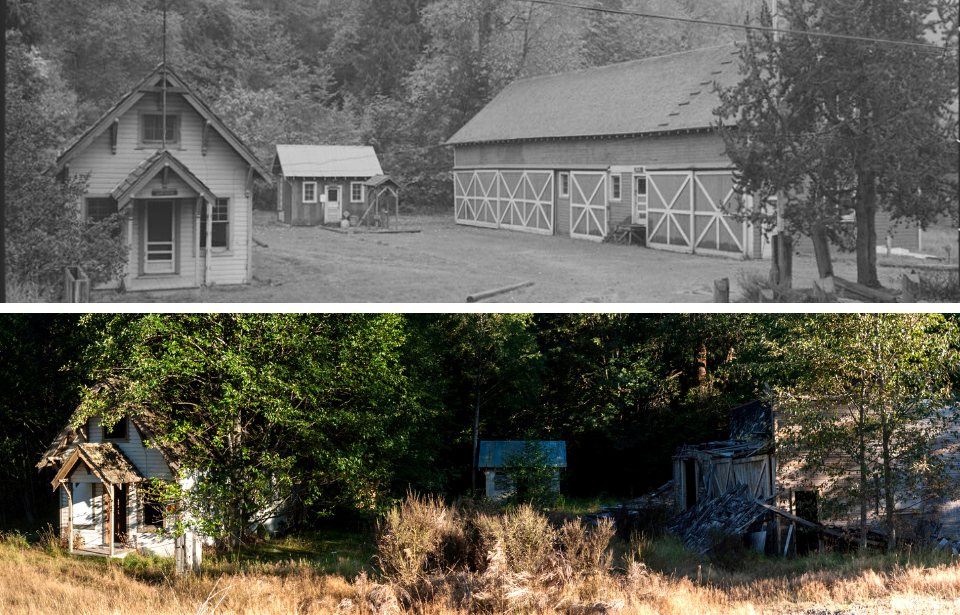Lester, Washington was a small logging town located near Stampede Pass in the Cascade Mountains. Its economy thrived on the logging and railway industries, but when those dried up, so did the town. Its last resident stayed well past the height of the town, and following her passing, Lester also died.
A small but thriving logging town
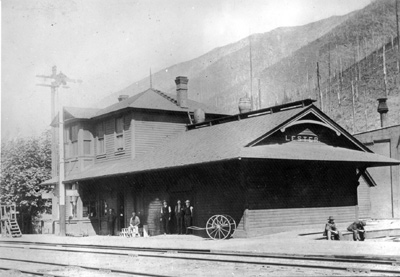
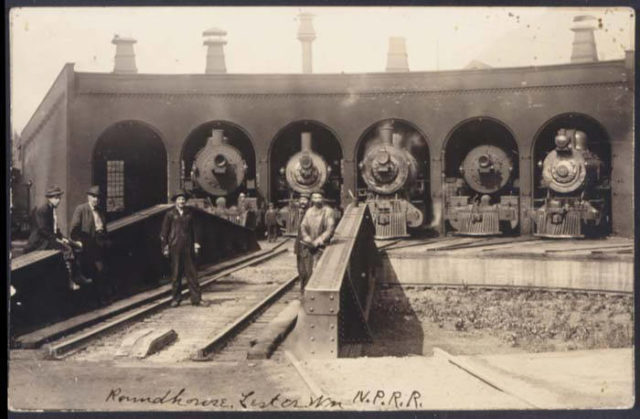
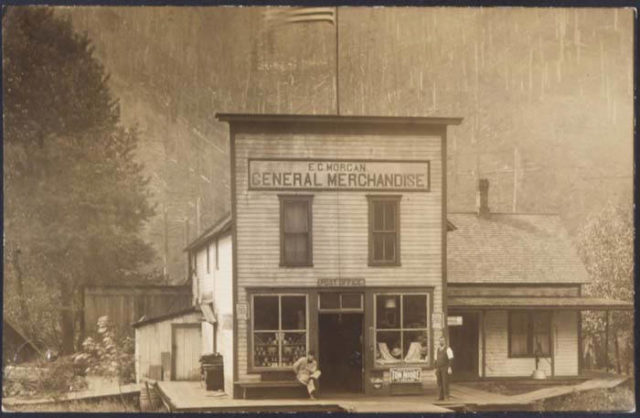
The town of Lester was founded in 1892 after Deans logging camp, originally established there, was large enough to be considered a small town. It was then renamed after a telegraph operator, Lester Hansacker. He worked with the Northern Pacific Railway Company when they set up in the area to lay a railroad across Stampede Pass.
At its peak, the town boasted a population of about 100 people and offered many amenities to its citizens. There was a train depot, a hotel, and even a school. The logging industry provided the town’s primary source of income, which the railway industry supplemented. Although it was small, Lester was bustling in its earlier years.
The steady decline of Lester
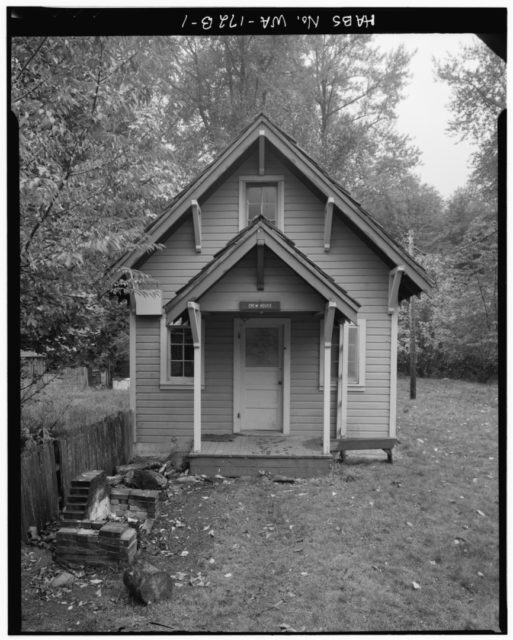
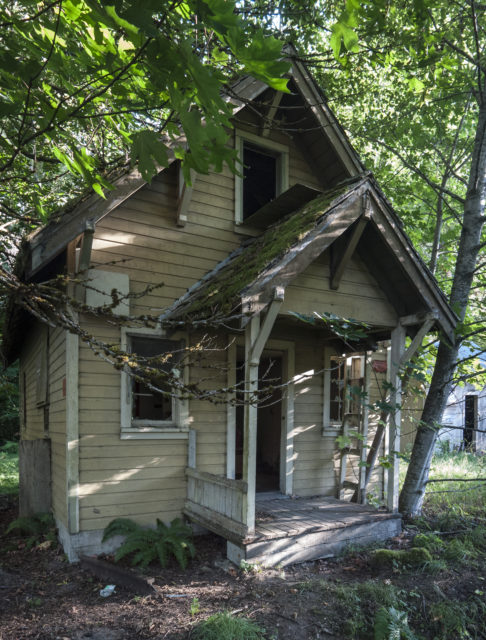
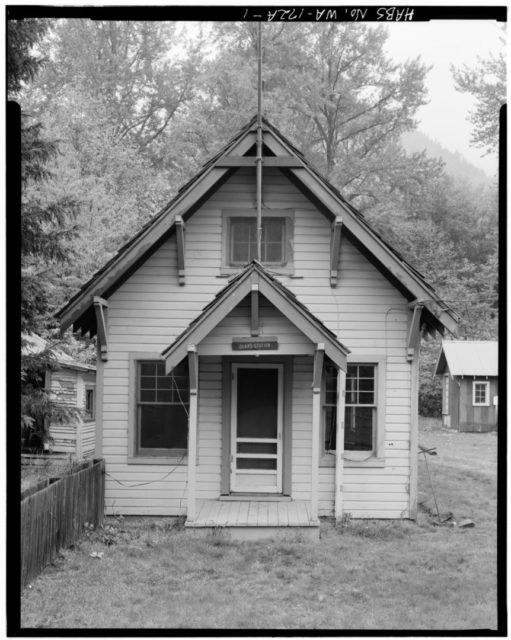
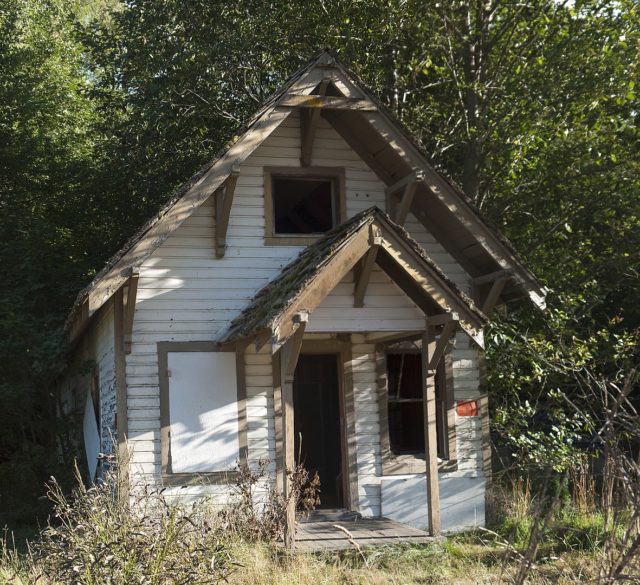
Unfortunately, Lester’s economy took a major hit following a series of railway-related forest fires that occurred in 1902. These fires engulfed about 30,000 acres of the surrounding area which drove the logging industry from the town for a while. Logging did not return again as Lester’s primary income until the 1940s and 1950s.
By then, the railway industry was improving its locomotives, transitioning from steam to diesel engines. With no reason to stop in Lester, the railway presence was drastically reduced and ultimately caused a lot of jobs to dry up. People were no longer able to support themselves in Lester and were forced to move.
Problems with the city of Tacoma
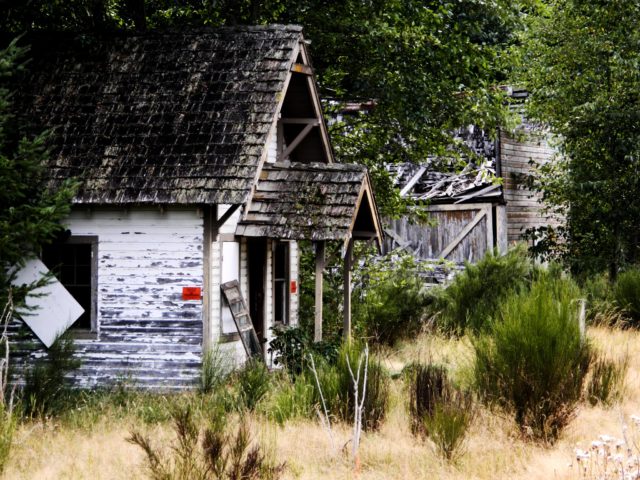
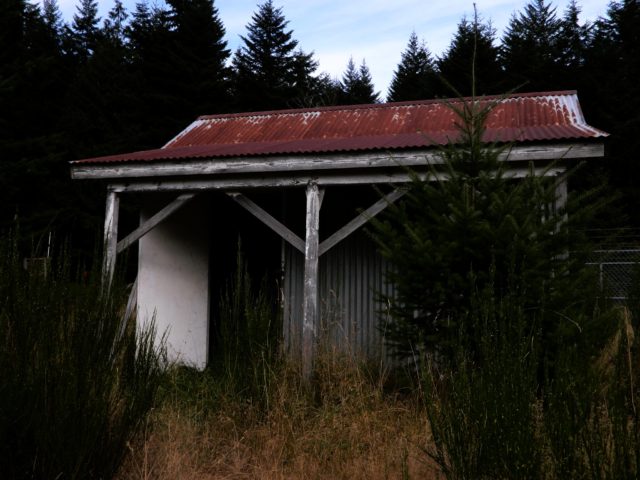
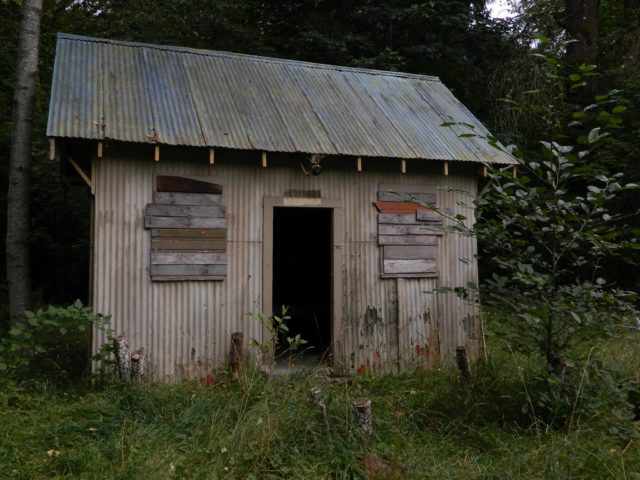
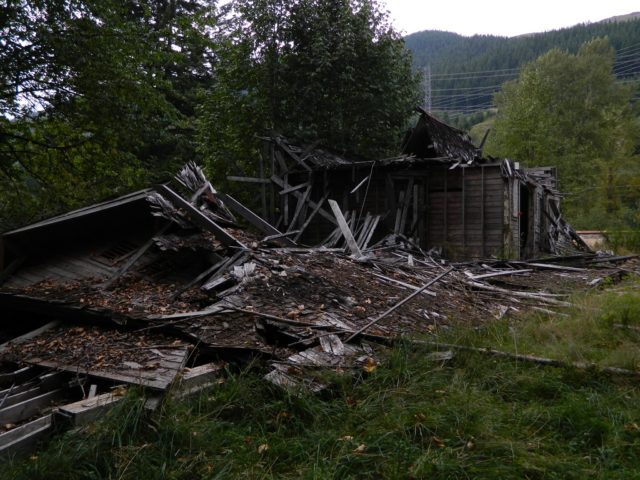
The already-declining town of Lester received a major blow after issues with its neighboring city Tacoma arose in the 1960s. Tacoma was interested in preserving and protecting the drinking quality of the Green River watershed. In order to gain control of Lester, Tacoma began buying up the land where Lester was located.
Once they had ownership of the land, the city of Tacoma cut off access to the one road that led into Lester. Anyone who wanted to enter the town would have to walk two miles into the forest in order to find it. Without any railway or foot traffic, Lester really fell off the map.
The final citizen passes away
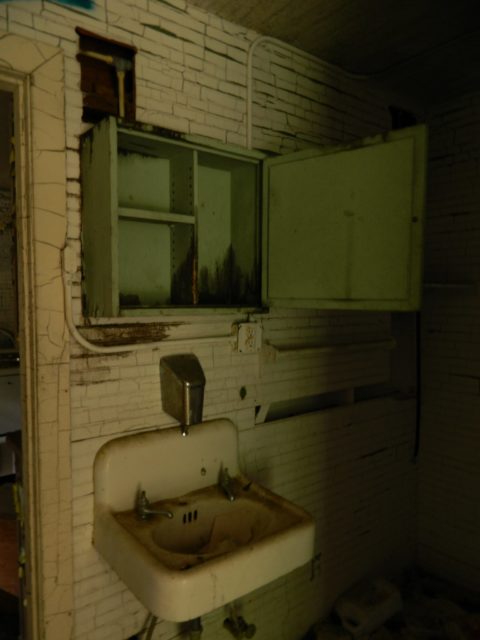
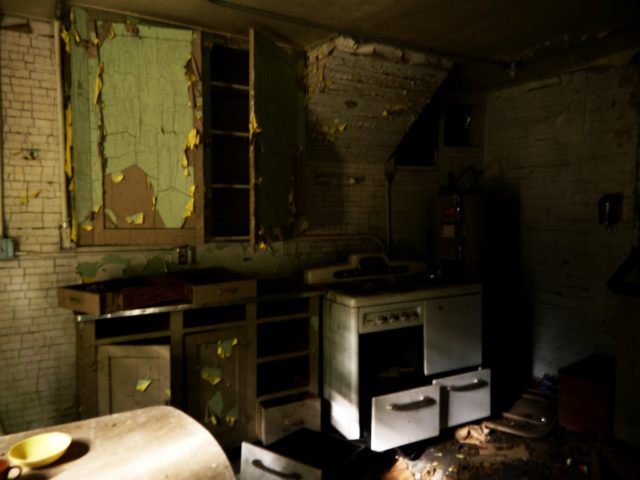
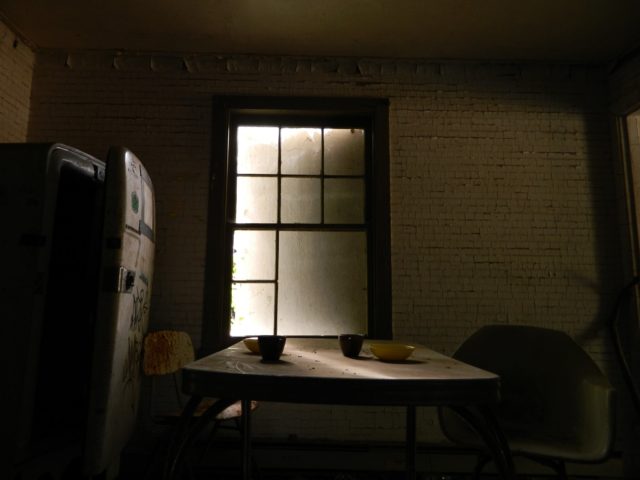
One woman, Gertrude Murphy, stayed in Lester until her death in 2002, at the age of 99. By that point, the town had essentially disappeared, but throughout its decline, she remained an active citizen. Murphy was a schoolteacher and served as a board member for the school until its closure in 1985.
Murphy fondly explained life in Lester: “Once, just once, I saw the fog freeze on the trees, it was so cold. It was lacy and light and feathery, just beautiful. In the fall, when the vine maples came in, they were like big bouquets all over the hills.” Murphy would be the last person to remember the town of Lester.
More from us: Okaton, South Dakota: A Failed Railway Town and Tourist Trap
The final three buildings that were left standing and rotting in Lester were finally torn down in 2017, officially rendering the town dead.
